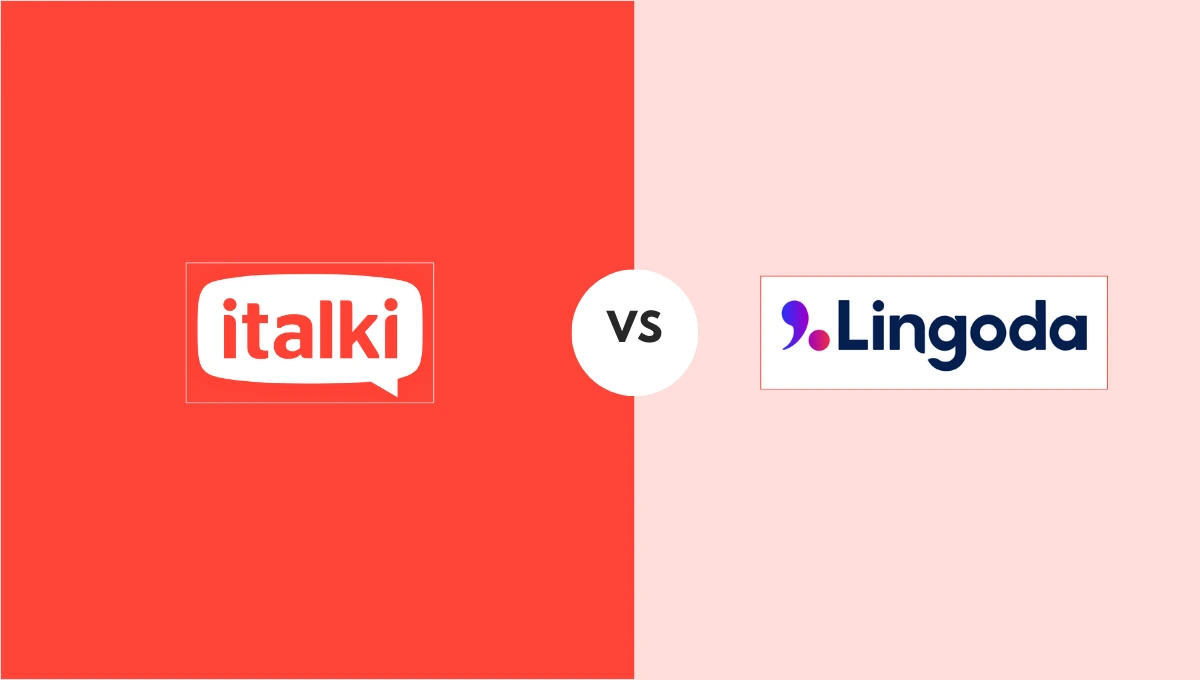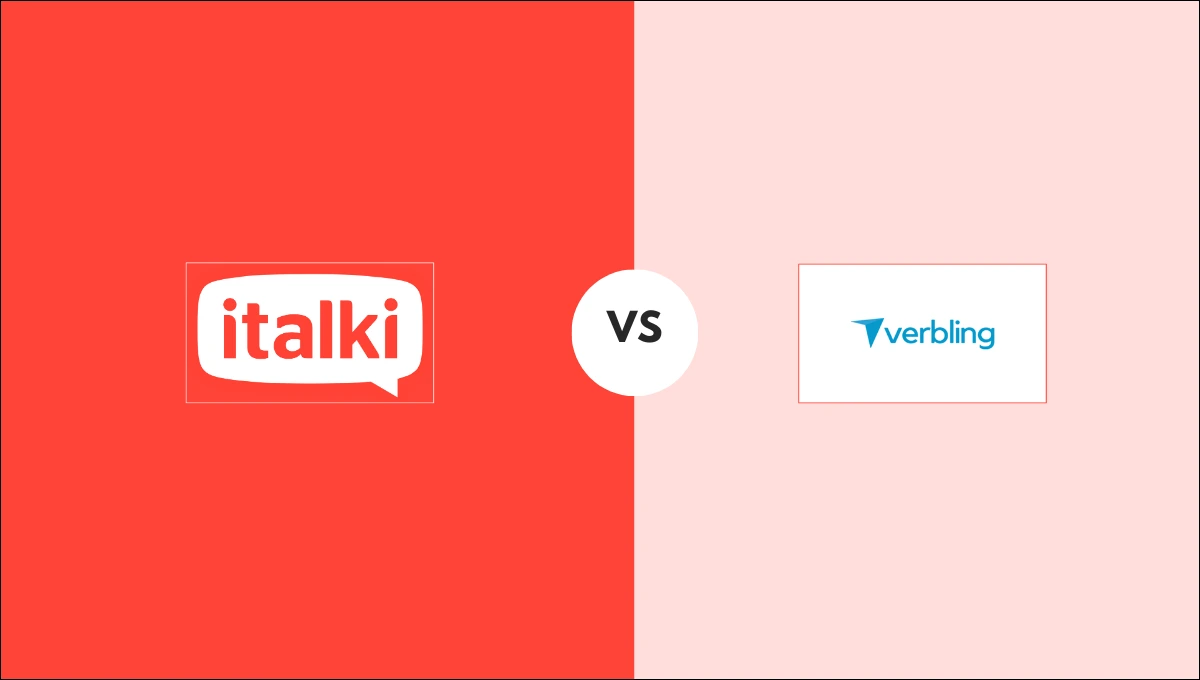Money cannot get everything in Spain. It is important to know the right words and phrases to get you to the right shops and prices. Your goal must be to shop like locals. This guide will explore different vocabulary and phrases related to shopping in Spanish.

Common words and phrases for shopping in Spanish
1. Going to shopping
| English | Spanish |
| entrance | entrada |
| exit | salida |
| business hours | horario de atención |
| open | abierto |
| closed | cerrado |
When you enter the store, it is essential to be clear with the push/pull, so you don’t end up forcing the door in the wrong direction.
| English | Spanish |
| push | empuje |
| pull | jale |
Practice is crucial to become fluent in Spanish. Always try to use new words in your conversations. That is how you will develop the right pronunciation as well.
2. The shops
| English | Spanish |
| storefront | local |
| shop/store | tienda |
| little shop (selling a variety of little things) | tiendita |
| boutique | boutique |
| storehouse, large shopping depot | grandes almacenes |
| market | mercado |
| supermarket | supermercado |
| hardware store | ferretería |
| mall | centro comercial |
| shopping center | centro de compras |
| bakery (bread) | panadería |
| fish stand | pescadería |
| hair salon | peluquería |
| pharmacy | farmacia |
| jewelry store | joyería |
| toy store | juguetería |
| clothing store | tienda de ropa |
| sports store | tienda de deportes |
| music store | tienda de música |
| shore store | zapatería |

There are several Spanish dictionary apps that can help you understand a conversation in Spanish. These apps are user-friendly. You can download them on your smartphone and use them when required.
3. Where to buy
If you only know what you want but don’t know where to find it, consider the following:
- ¿Conoce un lugar donde realizan ____? (Do you know a place where they make/do/perform_____?)
- ¿Conoce un lugar donde venden _____? (Do you know where they sell ______?)
Now, if you want to incorporate some local perspectives into your decision-making, strike up a conversation with someone and ask:
- ¿Conoce algún_____ por aquí cerca? (Do you know of a ____ around here?
4. Some little things
You will want to be able to say a variety of things. The table below will help you enrich your vocabulary related to shopping goods in Spanish.
| English | Spanish |
| Fair Trade | Comercio Justo |
| organic | orgánico |
| all natural | todo natural |
| handmade | hecho/a a mano |
| carved | tallado/a |
| sewn | cosido/a |
| knitted | tejido/a |
| porcelain | porcelana |
5. How to ask
For Spanish learners, asking for things can be difficult. You can always be cautious when dealing with older people and use polite grammar (third person) and phrases. Consider using the following polite phrases when interacting with vendors:
- I would like one of those, please — Quisiera uno de esos, por favor.
- Thank you very much, sir/ma’am — Muchas gracias, señor(a)
- Can you pass me that, please? — ¿Me pasas eso, por favor?
- Give me one, please — Dame uno, por favor
- I want this/that — Quiero este(a)/Quiero ese(a)
- I don’t like this one so much — Este(a) no me gusta tanto
- I like/love this one! — ¡Me encanta este(a)!
- I like those over there — Me gustan aquellos(as) de allá
- We ran out of that — Se acabó
- We don’t have that anymore— Ya no tenemos

6. Quality
Here are some words you will need to talk about the quality of an item:
| English | Spanish |
| cheap | barato |
| pretty | bonito |
| affordable | económico |
| elegant | elegante |
| ugly | feo |
| beautiful | hermoso |
| luxury | lujoso |
7. Sizes
- What’s your shirt size? — ¿Cuál es la talla de su camisa?
- What pants size do you wear? — ¿Qué talla de pantalón lleva usted?
- What shoe size do you wear? — ¿Qué número/talla de zapatos lleva usted?
While we are on the subject of sizes, make sure to convert your measurements into European sizes before you go shopping, or you will have to do some trial and error to figure out what fits. Because clothes and shoes are cut differently in different parts of the world, you’ll probably end up trying on a lot of things anyway.
Shoes in Latin America are frequently smaller and narrower, and trousers are frequently cut for shorter legs.
- Small/medium/large size — talla (pequeña/mediana/grande)
- It fits me / suits me well — me queda bien
- It doesn’t fit me / suit me well — no me queda (bien)
- It’s too big on me — me queda muy grande
- It’s too tight here — me aprieta aquí
- Can I try it on? — ¿Puedo probármelo/a?
8. Talking about prices
- How much is this? — ¿Cuánto cuesta/vale?
- How much are you asking for this? — ¿A cuánto está?
- What’s the lowest price you can give me? — ¿Cuál es el precio más bajo que me puedes dar?
Making a purchase in small shops and markets can frequently become a disaster. Unless the location is well-equipped for many shoppers or tourists, chances are that no one will have change.
Once you have agreed on a fair price and are ready to pay, you can ask the shopkeeper, “¿Me puede cambiar un billete de 20?” (Can you give me a change for a 20?) If you get a sigh or an exasperated head shake, then you know you’re about to go on a journey to acquire change.
Why do you need to know shopping vocabulary in Spanish?
You will stay oriented. Knowing this vocabulary helps you locate things. You can ask locals for recommendations on where to buy certain high-quality items for a low price, and you won’t get lost along the way.
Markets are awesome. Why go abroad if you’re not going to explore the sights, sounds, smells, and tastes of the local markets?
If you are learning Spanish, we have a recommendation for you. Explore italki to get the best learning opportunity from the comfort of home.
Learn Spanish with italki
With the availability of highly experienced and professional Spanish tutors offering their services online, this platform has made Spanish language learning relatively simple. This unique platform allows learners and instructors to control the learning process.
Extensive experience tutors: This platform features many qualified and experienced private Spanish teachers who provide online Spanish lessons. You can talk to your preferred tutor about your objectives and goals. Finding an online Spanish tutor only takes a few clicks on italki. You can find a list of tutors on the website and choose the one that best meets your needs.

Find Your Perfect Teacher
At italki, you can find your Spanish tutor from all qualified and experienced teachers. Now experience the excellent language learning journey!
Book a trial lesson
Schedule flexibility: You can design your own learning schedule that does not interfere with your daily routine. Consult with your tutor to develop a learning schedule to stick to.
Personalized lesson plans: You can create plans tailored to your learning objectives and goals. Following your preferred learning style and pattern is crucial for quickly learning a new language.

The enrollment process at italki
- Visit italki
- Generate your profile
- Fill in all of the required information
- Navigate to the ‘Find a Teacher’ section
- Use the filter to find a Spanish teacher
- Check the reviews provided by previous learners
- Select the teacher who best meets your needs
- Schedule a trial lesson at a discounted rate to evaluate the learning method.
- Follow the tutor’s instructions
Frequently asked questions
What is the translation of ‘How long will it take for my order to arrive’?
¿Cuánto tiempo tardará en llegar mi pedido?
How do I say ‘Can I make returns’?
¿Puedo realizar devoluciones?
How do I say ‘How can I contact customer service’?
¿Cómo puedo contactar al servicio al cliente?
Conclusion
In this guide, we have explored essential words and phrases related to shopping in Spanish. Make flashcards and learn these words and phrases. Additionally, engage in Spanish-speaking practice to gain fluency.
Get yourself an experienced Spanish tutor at italki. Book lessons and discuss your learning aspiration to get the desired learning outcome.
Want to learn a language at italki?
Here are the best resources for you!



















